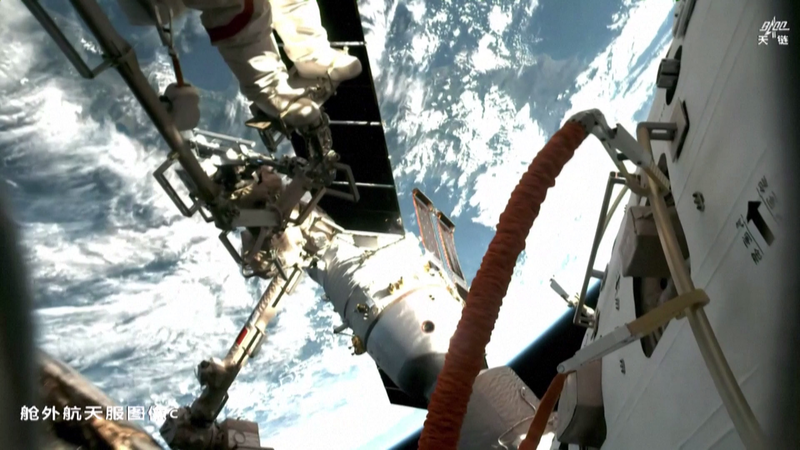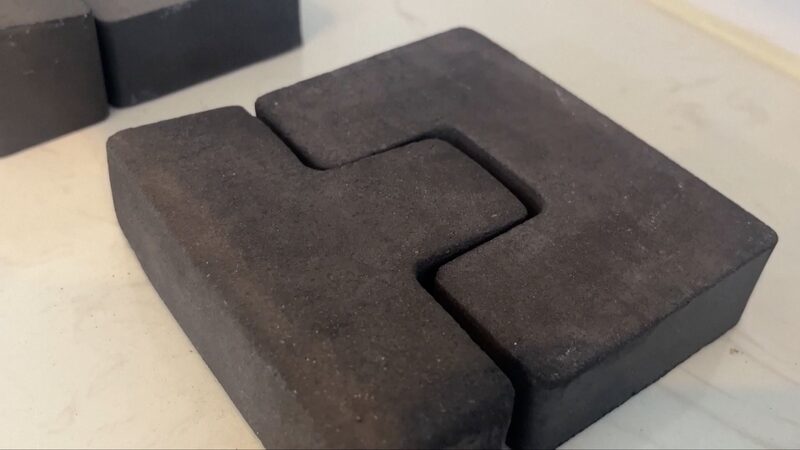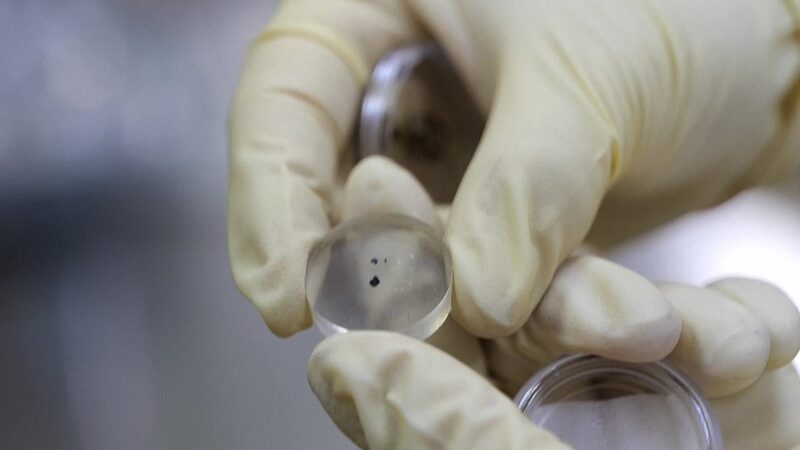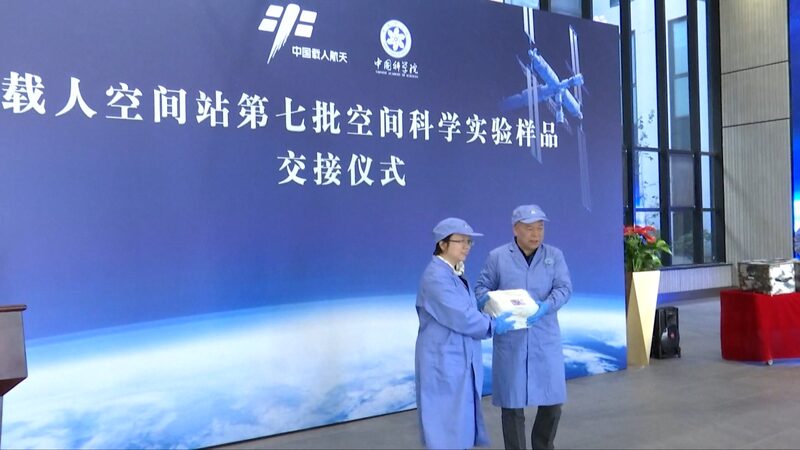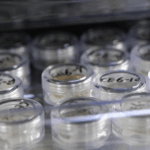Chinese scientists have begun analyzing 46.67 kilograms of experimental materials retrieved from the China Space Station, marking a critical step toward advancing lunar exploration capabilities. The Shenzhou-21 return capsule delivered biological specimens, advanced materials, and combustion data collected during 26 space experiments – the ninth such transfer since the station's operational deployment.
Four mice subjected to extended orbital conditions are undergoing urgent behavioral and biomarker analysis, with zebrafish, brain organoids, and other biological samples providing insights into long-term space adaptation. Concurrent materials science investigations focus on tungsten-hafnium alloys and ferroelectric crystals, with findings expected to revolutionize radiation-resistant optical fibers and lunar construction techniques.
"These analyses will reveal how microgravity fundamentally alters material properties," stated a representative from the Chinese Academy of Sciences' space utilization center. Preliminary results suggest breakthroughs in flame-synthesized nanomaterials could enable safer spacecraft energy systems and extraterrestrial manufacturing processes.
The research directly supports China’s moon infrastructure development roadmap, with prototype testing for lunar-grade solar cells and communication components scheduled through mid-2026. As global interest in cis-lunar economies grows, these advancements position China’s space program at the forefront of off-world material science innovation.
Reference(s):
China begins analysis of space lab samples to forge path to the moon
cgtn.com
